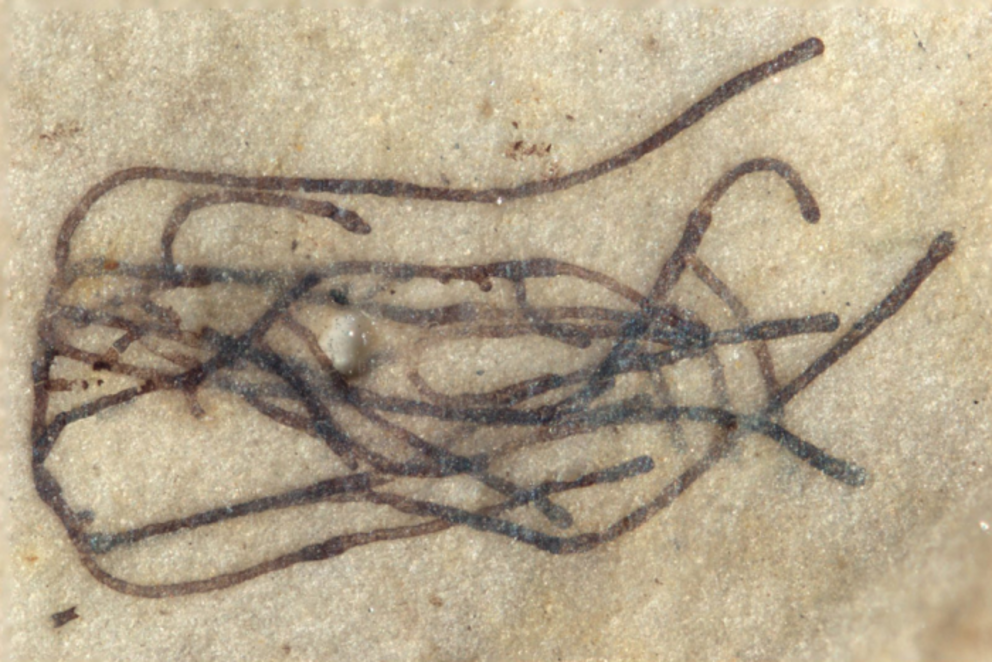Scientists identify billion-year-old Chinese seaweed
... possibly the oldest green plant fossil ever found
Scientists have discovered what may be the oldest fossils of a green plant ever found.
Key points:
- The Proterocladus antiquus seaweed lived about 1 billion years ago
- Its remains were found in rock dug up near the Chinese city of Dalian
- The seaweed was one of the largest organisms of its time, sharing the seas mainly with bacteria and other microbes
Researchers said the Proterocladus antiquus seaweed was about the size of a rice grain and boasted numerous thin branches, thriving in shallow water while attached to the seafloor with a root-like structure.
It carpeted areas of the seafloor roughly 1 billion years ago and was part of a primordial revolution among life on Earth.
The fossils were found in rocks from what is now northern China.
It may seem small, but Proterocladus — a form of green algae — was one of the largest organisms of its time, sharing the seas mainly with bacteria and other microbes.
It engaged in photosynthesis, transforming energy from sunlight into chemical energy and producing oxygen.
"Proterocladus antiquus is a close relative of the ancestor of all green plants alive today," lead report author Qing Tang, a Virginia Tech post-doctoral researcher in paleobiology, said.
Mr Tang detected the fossils in rock dug up in Liaoning Province near the city of Dalian. His study was published in the journal Nature Ecology & Evolution.
For the rest of this article please go to source link below.

